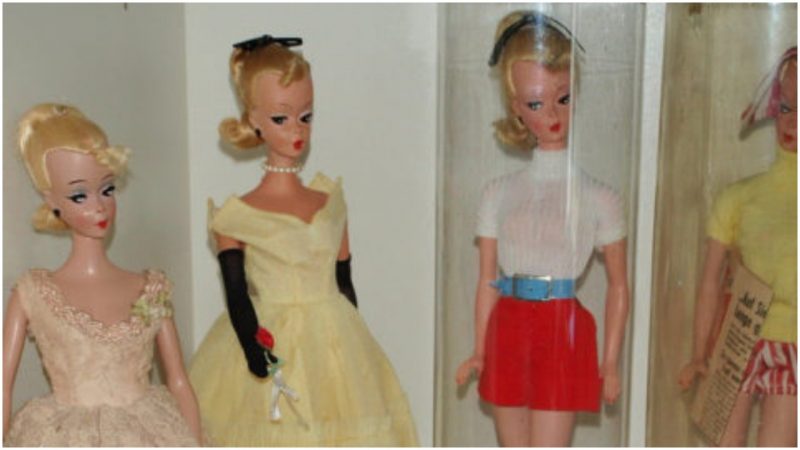Barbie, the doll which many young girls have played with and may have shaped their perceptions of female beauty, was inspired by a doll that may have seemed to be her precursor but, in fact, was not originally intended for children.
Born in 1952 in Germany, the inspiration for America’s most popular doll was a sexually assertive, modern young woman named Lilli. She emerged as a comic-strip character in Bild-Zeitung, a Hamburg newspaper, created by the German artist Reinhard Beuthien. On June 24, 1952, Lilli’s creator was ordered to make a “filler” to conceal a blank space in the newspaper. First, he drew a cute little baby, but his boss rejected the idea. Beuthien decided to keep the face and add just a ponytail and a curvy feminine body and voila! – Lilli had arrived.
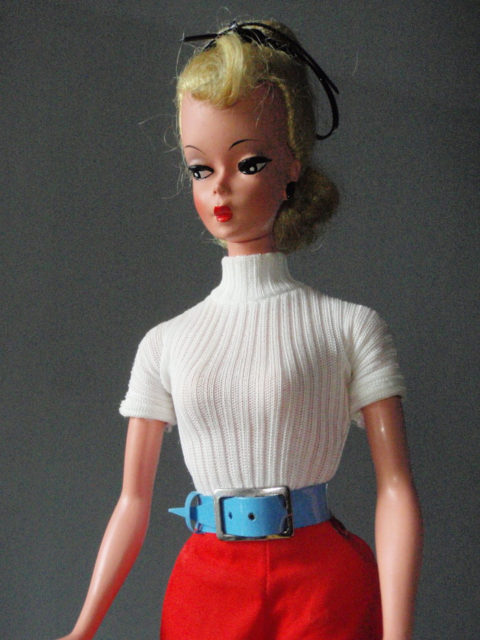
In the comics, Lilli was presented as irreverent, sassy, and sexually uninhibited, and even something of a gold digger. She was a secretary who was never ashamed to talk about sex. In the cartoon, this post-war, self-made woman was always wittily talking to her girlfriends, boyfriends, or her boss. In one of the strips, Lilli covers her naked body and explains to a friend, “We had a fight and he took back all the presents he gave me.” In another, she is late to work and tells her boss, “As you were angry when I was late this morning, I will leave the office at five p.m. sharp!”
The comic was a huge success, so Beuthein’s editor had him draw a new one each day.
The quips underneath the cartoons handled topics ranging from fashion (to a policeman who told her that two-piece swimsuits are banned: “Which piece do you want me to take off?”) to politics (“Of course I’m interested in politics; no one should ignore the way some politicians dress!”) and even the beauty of nature (“The sunrise is so beautiful that I always stay late at the nightclub to see it!”)
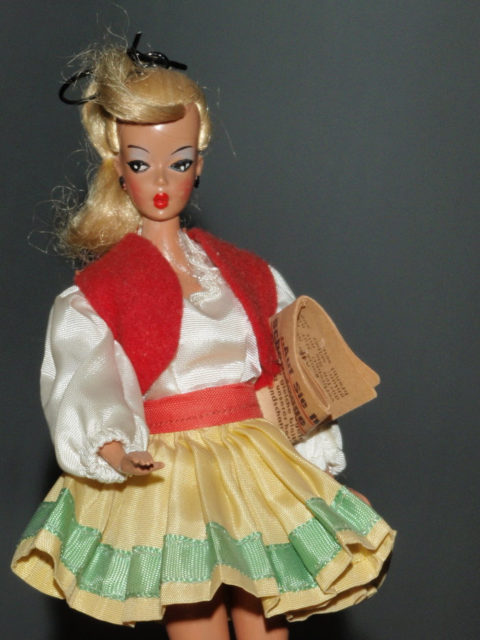
The German readership was so mesmerized by the character that in 1953 the tabloid decided to immortalize her by creating a plastic doll that soon after was launched and sold as an adult novelty.
The Bild Lilli doll was originally marketed to adults in bars and tobacco shops as a gag gift. She was sold in two available sizes: 12 inches and 7.5 inches. The doll was made of plastic and had pale skin and a painted face with red lips, high narrow eyebrows, and modeled eyelashes over her sideways-glancing eyes. Even her fingernails were painted red.
Not everyone is a fan. The writer and feminist Ariel Levy refers to her as a “sex doll” in the book Female Chauvinist Pigs: Women and the Rise of Launch Culture, and in interviews on the Lilli-inspired Barbie doll, the playwright and feminist Eve Ensler refers to Lilli as a “sex toy.” Additionally, a German brochure from the 1950s states that Lilli was “always discreet” and that her wardrobe made her “the star of every bar.”
Lilli’s heavy makeup and arched eyebrows were nowhere to be seen on the Barbie American doll, which did have the same curvy proportions. Interestingly, the dolls have different feet. While the end of Lilli’s leg is shaped in a stiletto-heeled pump and painted black, Barbie has an arched foot with tiny perfect toes.
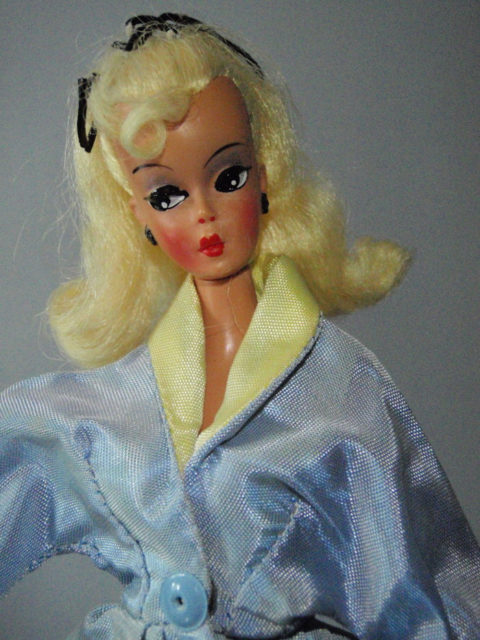
Although she wasn’t designed as a children’s toy and parents considered her inappropriate as such, Bild Lilli eventually became popular with children. German toy factories made a huge profit by making and selling doll houses, room settings, furniture and other toy accessories for the small Lilli. Numerous toy shops around Europe, including Italy and the Scandinavian states, sold Bild Lilli dolls as a high-profile toy or an adult novelty.
Lilli’s popularity led to her being exported to other countries around the world, including China and the United States. Some dolls can be found today in original packaging dating from the 1950s for an English-speaking market labeled as “Lili Marleen,” after the famous song. Several toy companies (mainly in Hong Kong) started producing their own fashion dolls that looked very similar to Lilli.
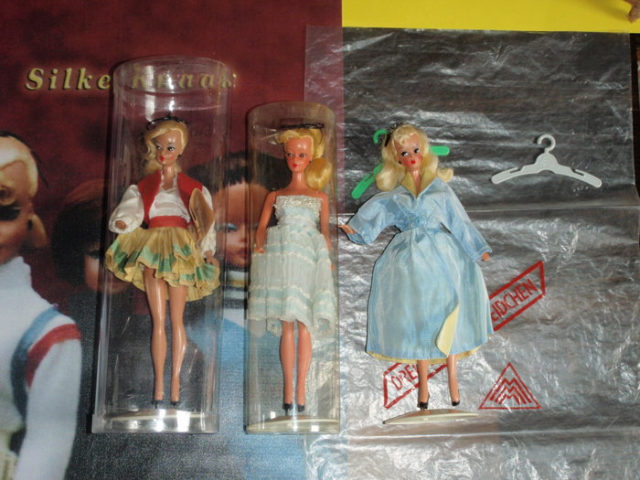
As for Barbie, she was created by Ruth Handler and produced by the Mattel toy company. Reportedly, in 1956, while on a family vacation in Switzerland, the Lilli doll caught the eye of Ruth’s 15-year-old daughter, Barbara. Her mother brought three of the dolls home to California. She reworked and reinvented the design of the doll and named her Barbie after her daughter.
In 1959, Ruth launched her adaptation of Lilli at the American International Toy Fair, and she scaled the highest mountains of toy success, celebrating 50 years in 2009.
